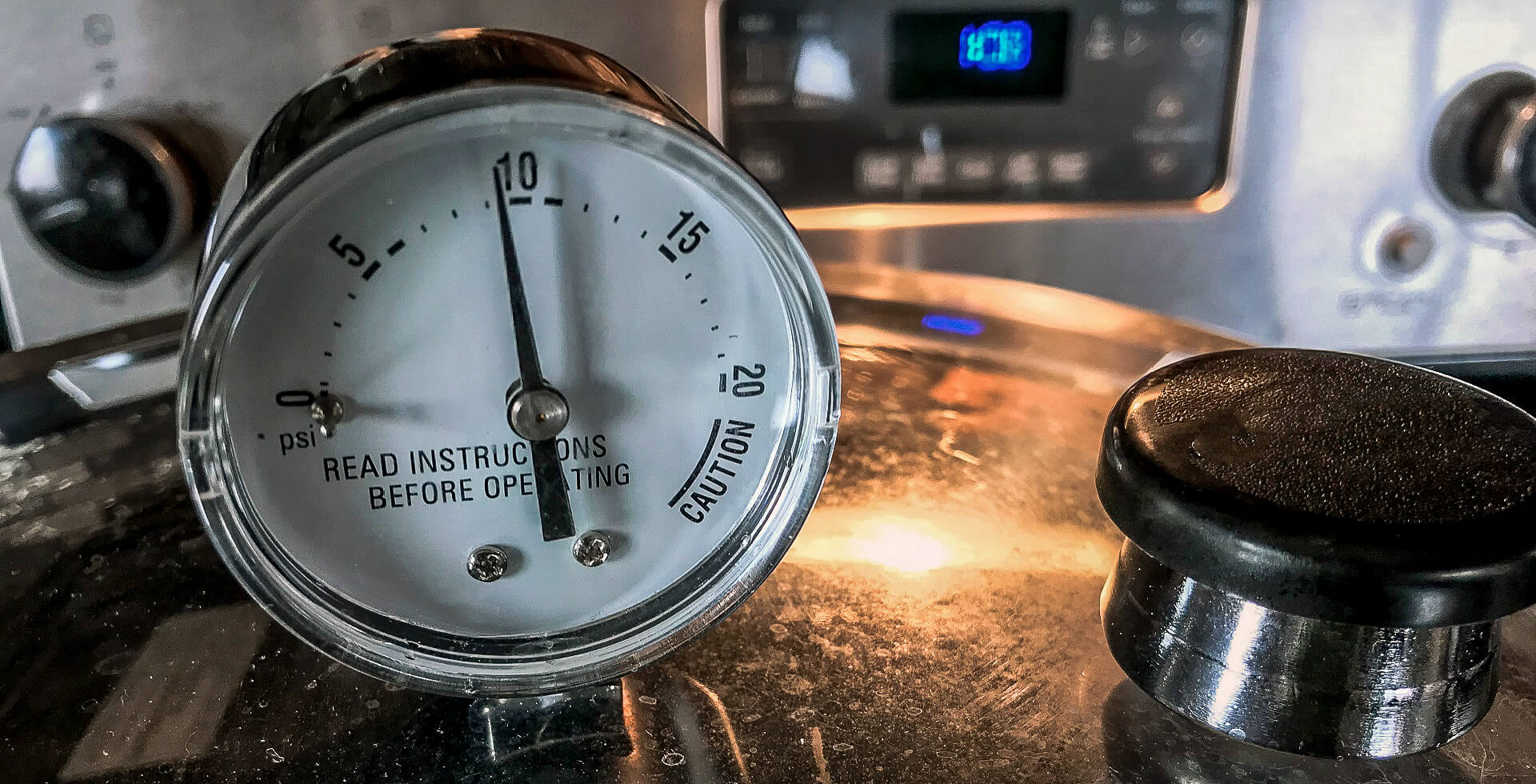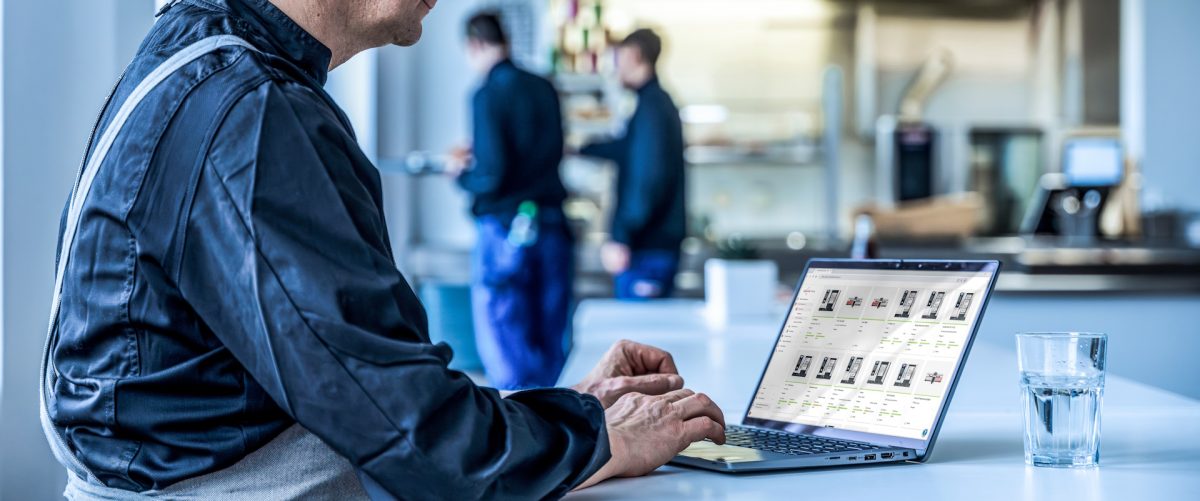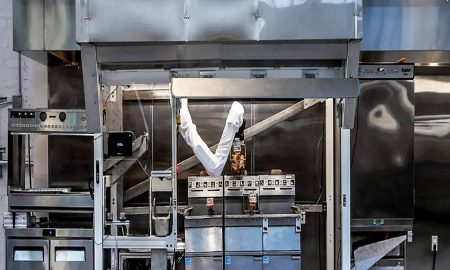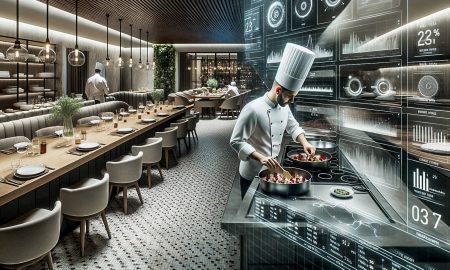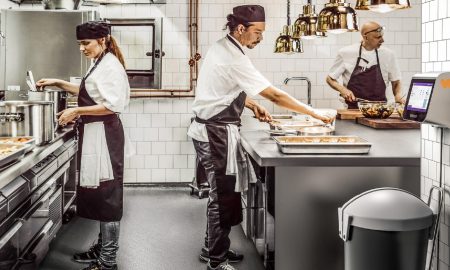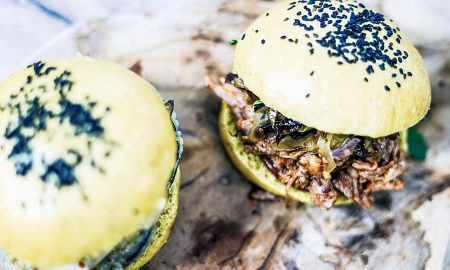Everyone has had this experience: We bring water to a boil in a pot with a lid. After a while, little bubbles start to rise. The water is now boiling, the lid starts to wobble and is lifted ever so slightly by the steam. Now let’s imagine the lid is firmly attached to the pot. The steam therefore takes up increasingly more space and presses more forcefully upwards against the lid, but also downwards onto the liquid water and the food inside. As a result, the pressure increases. To prevent an explosion, the lid should be equipped with a pressure regulation system that keeps the pressure at, for example, about 2 atmospheres (atm). Now we have a pressure cooker! But what happens to the food in the pot?
You save with higher pressure
To understand this, we need to think back to what we learned in physics class: As the pressure increases, the boiling point of the water also rises. Water boils at about 120°C in a pot under 2 atmospheres. This 20°C more than the usual temperature makes a big difference in many aspects when cooking. Together with the pressure, this temperature increase primarily speeds up the cooking process by adding more energy to the food. This is, of course, a great advantage in terms of time and also helps to save energy in professional kitchens.
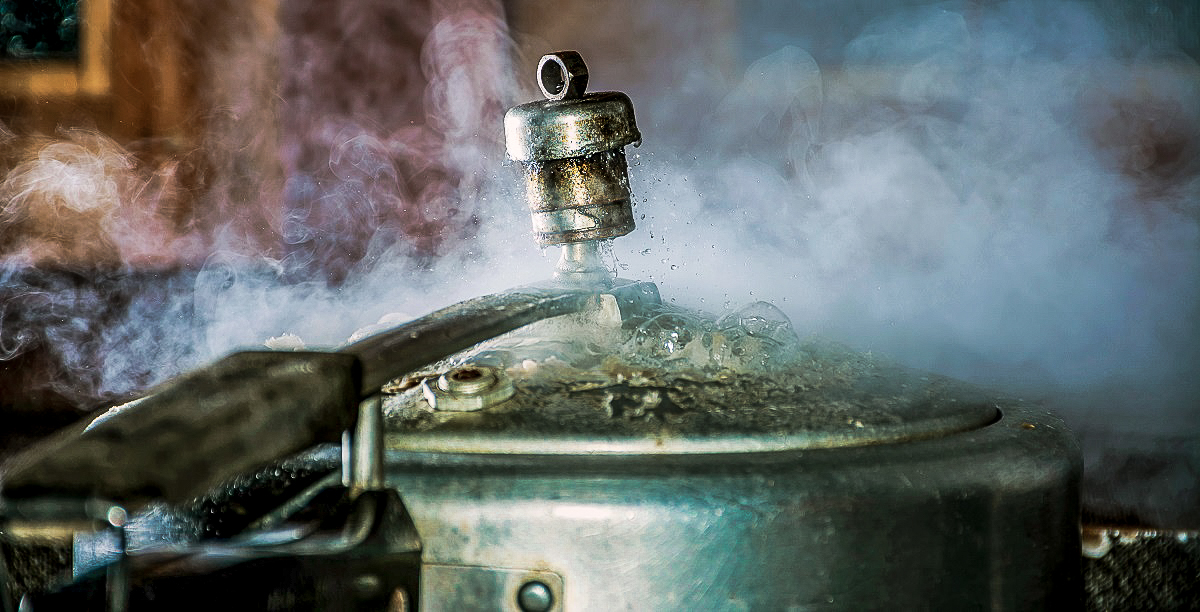
Image: AdobeStock | Naushad
Better flavor and smooth preparation
For the Maillard reaction, which increases exponentially with temperature, these 20°C are a stroke of luck. Vegetables benefit the most from this. Browning and caramelized flavors will develop, which is not possible with simple steaming. In a very interesting study, Nestlé conducted a thorough analysis of making a stock both with and without pressure. The result was clear: The stock made with pressure was much richer in flavor. By the way, Nathan Myhrvold, author of The Modernist Cuisine, doesn’t hold back when he says that if Auguste Escoffier had had a pressure cooker, he definitely would have used it for his stocks.
Last but not least, several scientific studies show that food cooked under pressure has a higher vitamin and nutrient content. This applies in particular to rice.
What about oil?
Something we already know: During deep-frying, the water in the food evaporates very quickly, which means it can be difficult to get cooked food that is crispy on the outside and juicy on the inside. How can you prevent this evaporation from happening? As described above, you simply have to increase the pressure. This is what some restaurants specializing in deep-fried poultry do. But be careful, this requires special equipment: It is very dangerous to do this in a domestic pressure cooker. On the other hand, there’s nothing wrong with cooking chicken wings in a pressure cooker first and then breading them quickly.
Still more pressure?
Some may ask why we don’t increase the pressure in our cooking pot even more. In the food industry, this is actually done with equipment that can reach pressures above 4 bar. However, this technique is not used for cooking, but rather to pasteurize food (often juices) without heating them. Cooking under very high pressure is also the principle of extrusion, which is also related to the food industry. But that’s a different topic.
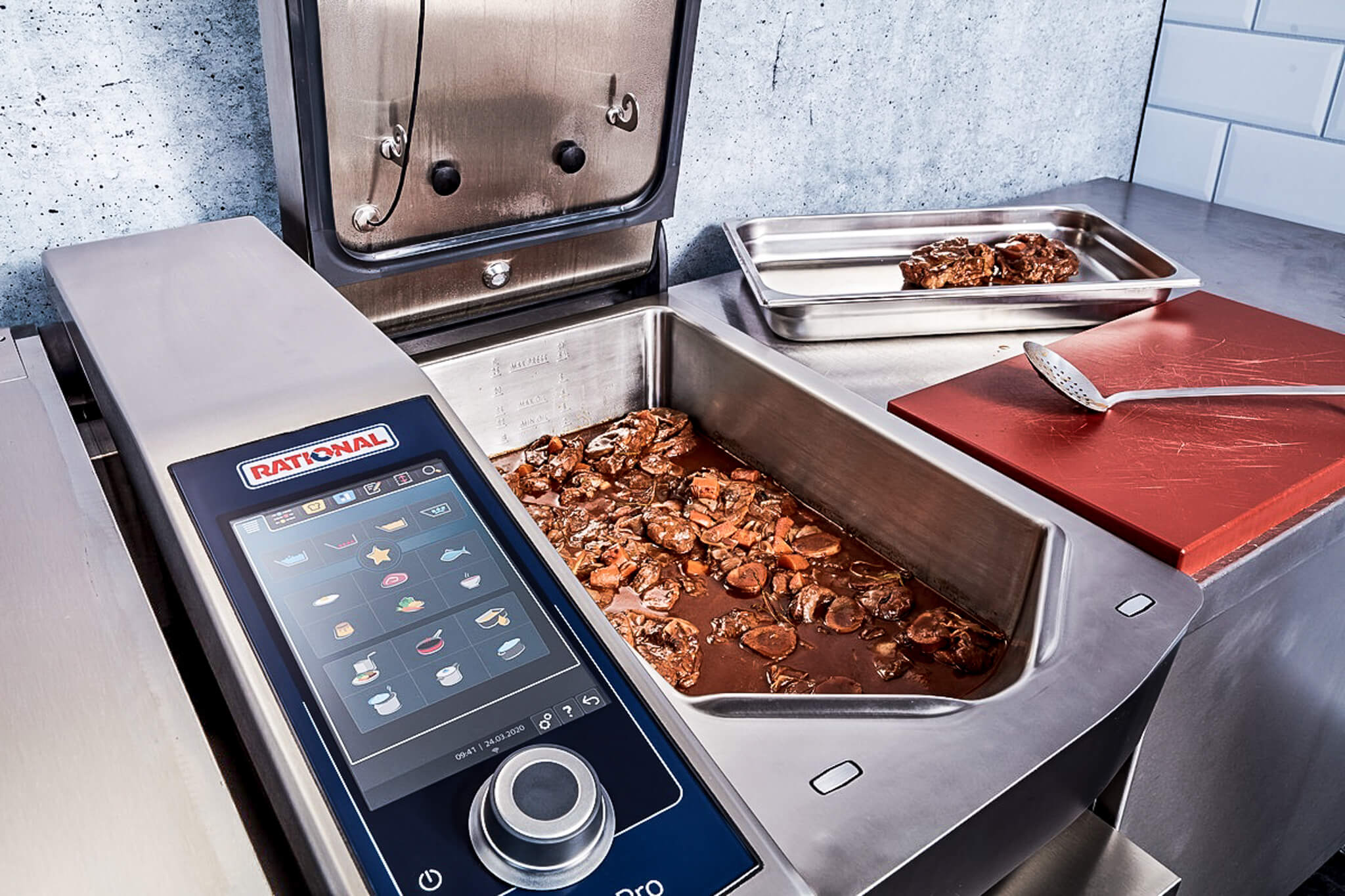
Image: Rational
Pressure cooking with the iVario Pro. Fast, fast, fast. Voilà!
Build up pressure to take pressure off: If things often have to move fast, the iVario Pro can help you keep up with the optional intelligent pressurized cooking function. The pan’s interior locking mechanism creates a safe and reliable seal, cutting cooking time by up to 35% on stews, braised dishes, stocks, soups and casseroles. Without sacrificing quality, of course – and without any maintenance. The iVarioBoost heating system builds up pressure at the touch of a button, and maintains it at a constant level throughout the entire cooking process. As a result, the cellular structure of the food is preserved – which means top-quality results, ready in no time.
Thank you to Dr. Grégory Schmauch and the RATIONAL Cooking Research team for giving us an exciting insight into this topic!


